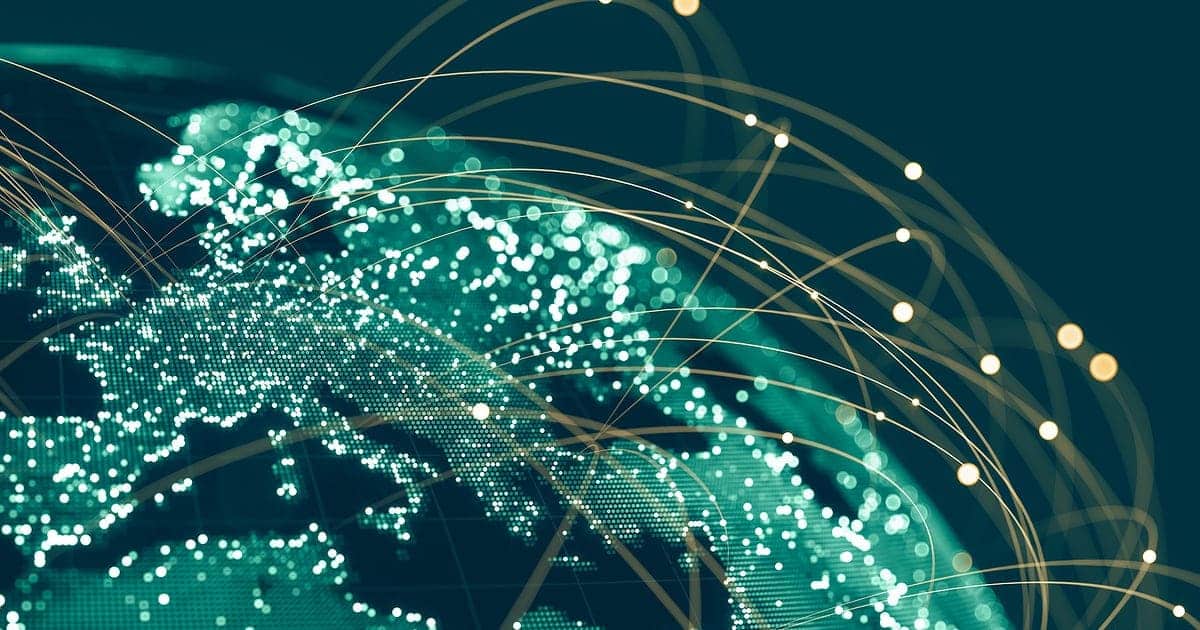
Like any commodity, the precious metals market is shaped by various external forces. Over the past fifty years, economists have identified key relationships between bullion prices and market trends.
For investors, three primary factors stand out: U.S. dollar values, central bank stability, and quantitative easing. Understanding these elements can help you make informed decisions about when to buy or sell precious metals.
The U.S. Dollar and Precious Metals Prices
The value of the U.S. dollar significantly affects precious metals prices. Factors such as American debt levels, interest rates, and global economic conditions influence exchange rates. Added considerations include unemployment rates, consumer confidence, inflation, and oil prices. Since precious metals like gold, platinum, and silver are priced in U.S. dollars, they exhibit an inverse relationship with the dollar. When the dollar strengthens, precious metals typically decrease in price, and vice versa.
This dynamic means investors often avoid dollar-denominated precious metals when the dollar is strong, as they yield less value for their money. This is particularly true for non-U.S. investors, who face unfavorable exchange rates (this may change depending on what happens with BRICS). However, there are exceptions, such as periods when the U.S. economy and manufacturing demand for metals are robust. Similar inverse relationships are observed with other markets, including oil and the euro.
Central Banks and the Precious Metals Market
Central banks, which are monetary institutions controlled by national governments or private entities with government authorization, play a crucial role in the precious metals market. These banks hold gold, and sometimes silver and platinum, as reserve assets alongside foreign currency, bonds, and other low-risk financial instruments. Precious metals serve as a form of monetary insurance, providing stability in times of economic unrest.
Gold and other precious metals are in constant demand, and during periods of central bank instability, these assets can be quickly liquidated. Central banks can loan or sell their precious metals to other nations, leveraging their value without the credit risk associated with other assets. This capability allows central banks to profit during economic volatility as demand for safe-haven investments increases.
Quantitative Easing and Precious Metals Prices
Quantitative easing (QE) is a monetary policy where central banks purchase large quantities of financial assets to inject money into the economy, aiming to stimulate investment in higher-risk ventures. This new money is not printed currency but digital credits to sellers’ accounts. While QE can lead to inflation by increasing the money supply, it has been effective in staving off recessions in the past.
The impact of QE on precious metals prices is mixed. During high economic uncertainty, such as the post-2008 financial crisis, QE led to a surge in gold prices. The introduction of QE by the Federal Reserve made some investors wary, driving up gold’s value as a safe investment. However, subsequent rounds of QE saw a shift back to riskier investments, causing gold prices to decline.
Understanding these factors and their interplay can provide valuable insights for investors navigating the precious metals market. By monitoring the U.S. dollar, central bank actions, and QE policies, you can better predict market movements and optimize your investment strategy.




